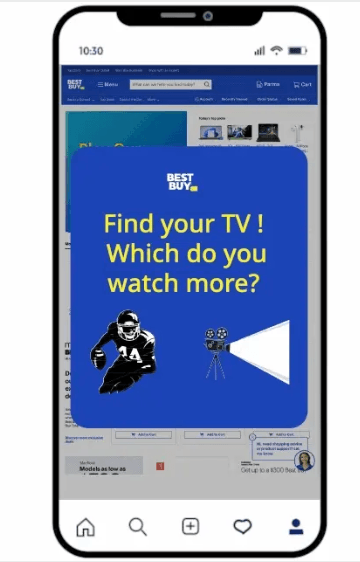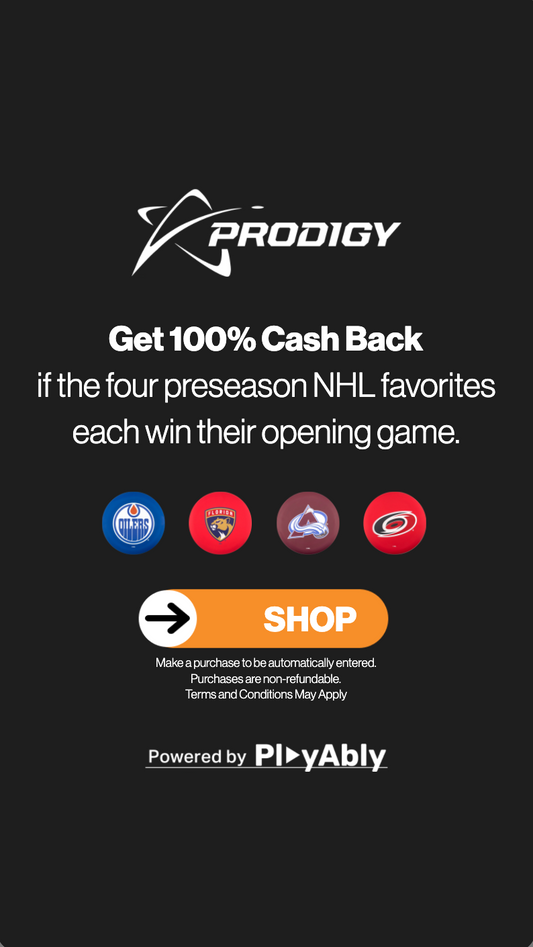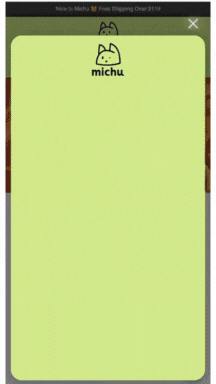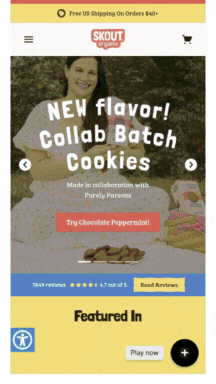Retail Gamification: Innovative Strategies to Boost Customer Loyalty and Sales
Vintage Cars Customizable Game
Creating Customer Journeys Experiences in eCommerce with Gamification
Download The Guide
In today’s competitive retail landscape, building customer loyalty is crucial for long-term success. Gamification offers an innovative way to enhance the shopping experience, encouraging repeat visits and increasing sales. By implementing engaging, game-like elements—such as rewards programs, personalized challenges, and interactive tools—retailers can foster a sense of excitement and loyalty among customers. This guide covers effective gamification strategies that drive customer loyalty and boost sales in retail.
Why Gamification Works for Loyalty and Sales
Gamification taps into fundamental psychological triggers, such as rewards, progress, and achievement. By using these elements, brands create experiences that go beyond transactions, transforming shopping into an enjoyable journey. Studies show that gamified experiences can increase customer engagement by up to 30%, as customers feel more connected and invested in brands that make their shopping journey enjoyable.
Vintage Cars Customizable Game
Gamification and conversion optimization go hand in hand. While gamification keeps users engaged, conversion optimization ensures that engagement leads to action—whether that’s making a purchase.
Download The GuideKey Gamification Strategies to Boost Loyalty and Sales
1. Points-Based Loyalty Programs
Points-based loyalty programs reward customers for specific actions, such as making a purchase, leaving a review, or referring a friend. Points accumulate over time, providing customers with rewards they can redeem for discounts, free products, or exclusive access. This system not only encourages repeat visits but also builds a long-term connection with the brand, as customers see tangible benefits from their loyalty.
To make points-based programs effective:
- Offer multiple ways to earn points, from purchases to social media engagement.
- Provide clear instructions on how to earn and redeem points.
- Use tiers or levels to create a sense of progression, rewarding customers as they reach new milestones.
2. Tiered Membership Levels
Tiered loyalty programs take points-based systems a step further by introducing levels that customers can “unlock” through continued engagement. Each tier offers exclusive rewards, like VIP customer service, early access to sales, or higher discount rates. This approach makes shopping feel like a journey, as customers work toward achieving higher status within the program.
Best practices for tiered membership programs include:
- Naming each level to make it more memorable (e.g., Bronze, Silver, Gold).
- Offering exclusive perks at higher tiers, encouraging customers to remain engaged.
- Tracking customer progress and providing updates to motivate them to reach the next level.
3. Seasonal and Time-Sensitive Challenges
Seasonal challenges or time-limited offers create a sense of urgency, encouraging customers to act quickly. For example, a holiday-themed challenge might offer bonus points or exclusive discounts for purchases made during a specific period. These challenges encourage customers to return to the store and can lead to increased sales, especially during high-traffic seasons.
Effective seasonal challenges:
- Tie challenges to specific events or holidays for added relevance.
- Use countdown timers to show how long the offer is available, enhancing urgency.
- Reward customers with points, discounts, or exclusive access for completing challenges.
4. Interactive Product Recommendations and Quizzes
Interactive quizzes help guide customers to the right products based on their preferences. This personalized approach not only makes shopping easier but also increases the likelihood of a purchase. By answering a few questions, customers receive recommendations that feel tailored to them, making the experience more engaging and enjoyable.
For example, a clothing brand might offer a “Find Your Style” quiz that provides suggestions based on the customer’s fashion preferences. This approach makes shopping feel personal and can lead to higher conversion rates.
5. Digital Badges and Achievements
Digital badges reward customers for specific actions, like reaching a spending milestone or completing a certain number of purchases. These achievements add a layer of recognition, making customers feel valued for their loyalty. Badges can be displayed on customer profiles or in loyalty dashboards, creating a sense of pride and accomplishment.
For effective use of badges:
- Offer a variety of badges to cater to different types of engagement.
- Recognize achievements for specific actions, such as signing up, referring a friend, or reaching a spending milestone.
- Allow customers to “collect” badges, creating a gamified experience that encourages continued interaction.
6. Spin-to-Win and Instant Rewards
Spin-to-win games offer an instant reward for customers who interact with the brand, adding excitement to the shopping experience. In exchange for entering an email or completing an action, customers spin a digital wheel to “win” a discount, free product, or exclusive offer. This type of gamified pop-up captures attention and encourages conversions, especially for new visitors.
To make spin-to-win games successful:
- Limit spins to new visitors to maintain exclusivity.
- Use mobile-friendly designs for accessibility across all devices.
- Offer valuable rewards, like discounts or free items, to make the experience worthwhile.
Implementing Gamification in Retail: Best Practices
To ensure that gamified strategies effectively boost loyalty and sales, consider these best practices:
- Keep It Simple: Gamification elements should be easy to understand, enhancing the experience rather than complicating it.
- Offer Meaningful Rewards: Make sure rewards provide real value, like discounts or exclusive access, to motivate continued engagement.
- Maintain Consistency: Use gamified elements consistently across all platforms, creating a cohesive experience.
- Optimize for Mobile: Many customers shop on mobile, so gamified tools should be optimized for smaller screens.
Measuring the Success of Gamified Loyalty and Sales Strategies
To evaluate the impact of gamification on customer loyalty and sales, track these metrics:
- Repeat Purchase Rate: The frequency with which customers return for additional purchases.
- Engagement Rate: How often customers interact with gamified features like spin-to-win wheels or loyalty dashboards.
- Average Order Value (AOV): Increases in AOV can indicate that gamified elements encourage customers to spend more.
- Conversion Rate: The percentage of visitors who make a purchase after interacting with gamified elements, indicating their effectiveness in driving sales.
Building Lasting Connections with Gamification
Gamification creates a shopping experience that goes beyond transactions, turning customers into loyal advocates who enjoy interacting with the brand. By incorporating points-based loyalty programs, interactive quizzes, and seasonal challenges, retailers can build a dynamic shopping environment that encourages repeat visits and boosts sales. When implemented thoughtfully, gamification becomes a powerful tool for creating lasting relationships and enhancing customer loyalty in retail.
Through continuous engagement and meaningful rewards, gamified strategies help brands stand out in the competitive retail market, creating memorable experiences that keep customers coming back.



